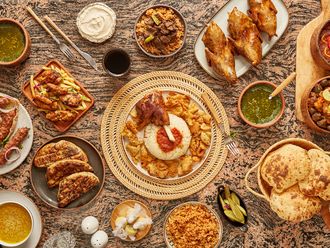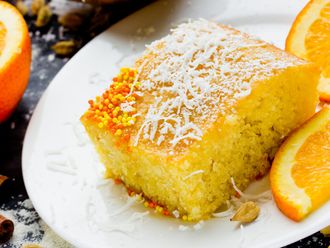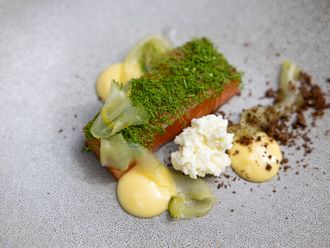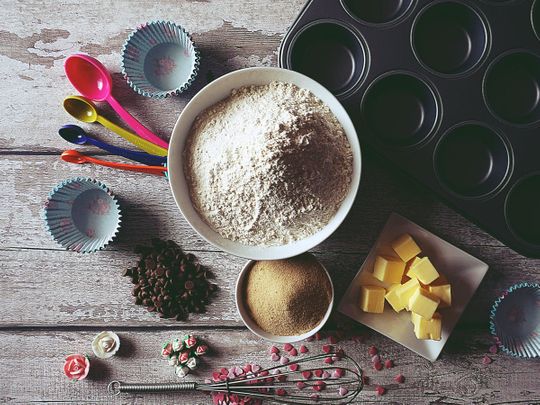
Ever found yourself with a cake that caved in or took forever to chew? Or one that resembled a pancake, having failed to rise to the occasion? More science than art, successful baking requires attention to detail. Cake disasters are all too common, while taking your cake from good to great is quite a rare feat.
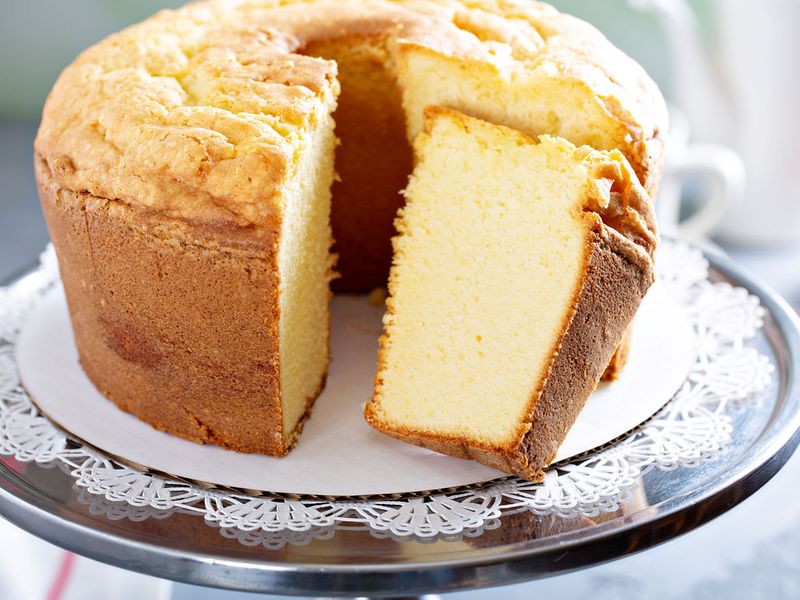
But you don’t have to be a professional baker to ensure you have cakes that rise. A few simple hacks can make all the difference, both to elevate your baking game and, well, your cake.
Ranson Besa Pilapil, or ‘Chef Bong’, the pastry chef at Mondoux restaurant at Dubai Creek Harbour, gives us five tips to bake tender, moist and well-risen cakes every single time.

1. Bake with room temperature eggs
You might be tempted to skip this step but if a recipe calls for room-temperature eggs, don’t crack them open right from the fridge. Firstly, egg yolk and egg whites mix more easily at room temperature, allowing for better batter texture. Secondly, if a fluffy cake is what you are after, then you get more volume when whipping room temperature eggs or egg whites.
2. Overbeating the eggs
Pay attention while mixing the eggs. The type of cake you’re making will determine how much beating they require. Overbeating the eggs, or egg whites, can cause extra water content to be released from the eggs. The final result – batter that overflows from the pan while baking, or a brittle crust that crumbles as the cake cools. Underbeating eggs, on the other hand, results in dense and gummy-like batter.
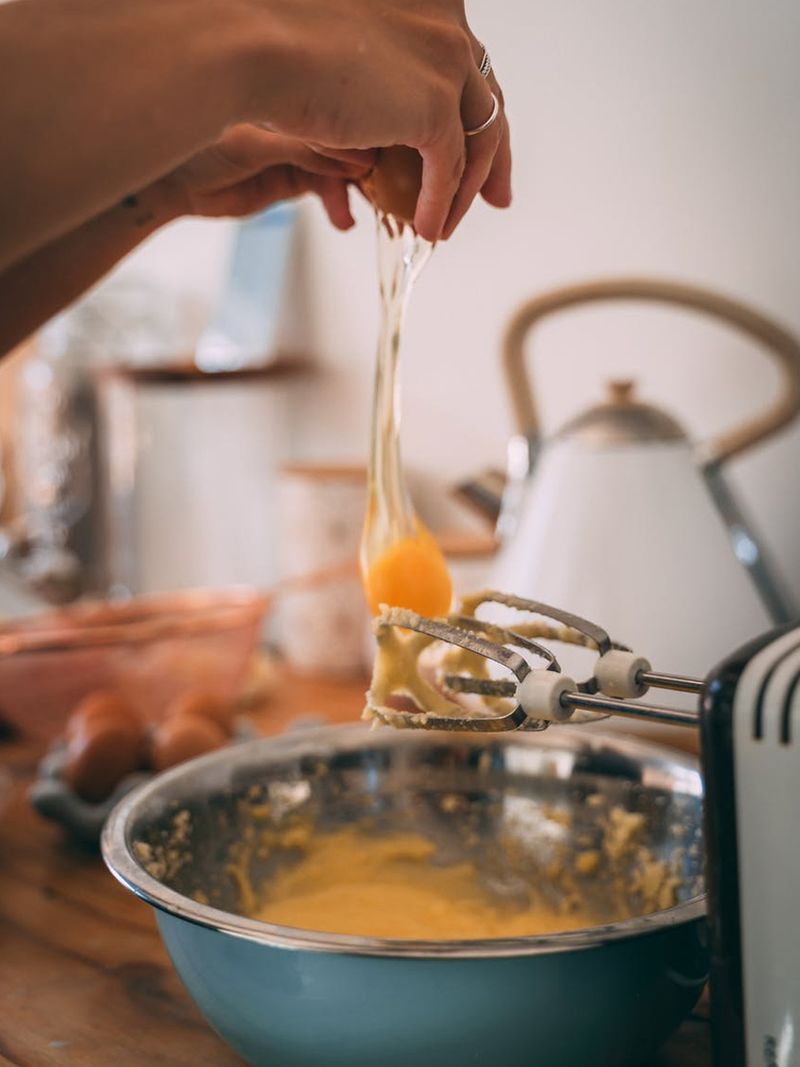
3. Leavening agent
Baking powder, which is a leavening agent, is one of the key ingredients in making a cake rise. It reacts with the liquids in the batter, releasing carbon dioxide and forming air bubbles. This makes the cake light and airy. It is important to always add the quantity specified in the recipe – adding even a little more or less can affect not only the height, but even the taste of the cake. Also, don’t forget to check the label – expired baking powder will not serve its purpose.
4. Use the right flour
There are different types of flour that have different protein, and hence gluten, content. This affects the final texture, flavour and even look of the cake. Cake flour has the least amount of protein, followed by all-purpose, and then bread flour. Less protein translates into a soft and tender texture in a baked cake.
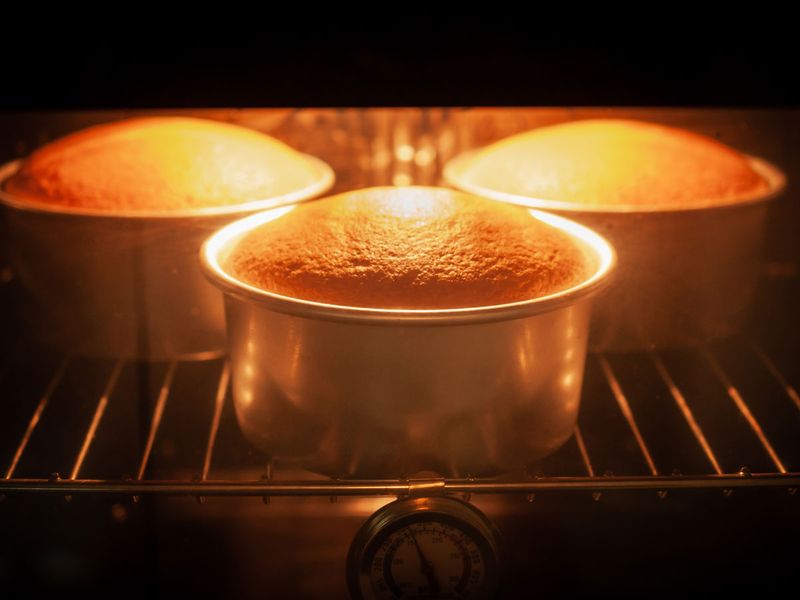
5. Oven temperature
Always preheat the oven for best results. The heat of the oven causes a further reaction of the baking powder, accompanied by the release of air bubbles. If the oven is too hot, the cake will cook from the outside. The shape will set, but the inside will remain raw. If the temperature is too low, the cake will rise but will collapse in the centre before it has had time to set.
Chef Bong is the pastry chef at Mondoux. One of his signature desserts is the strawberry cheesecake. Originally from the Philippines, he has been in the UAE for 15 years, and lives in Dubai with his wife and six children – four girls and two boys.






